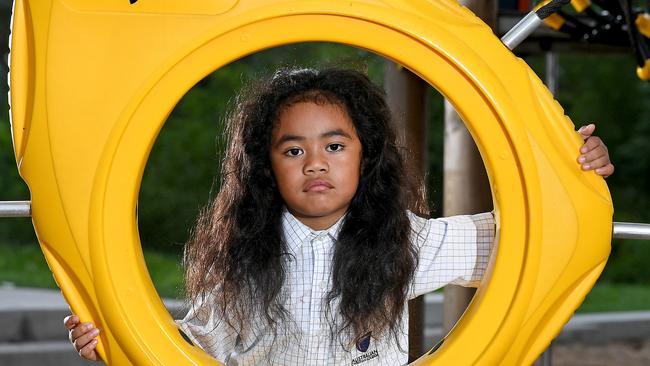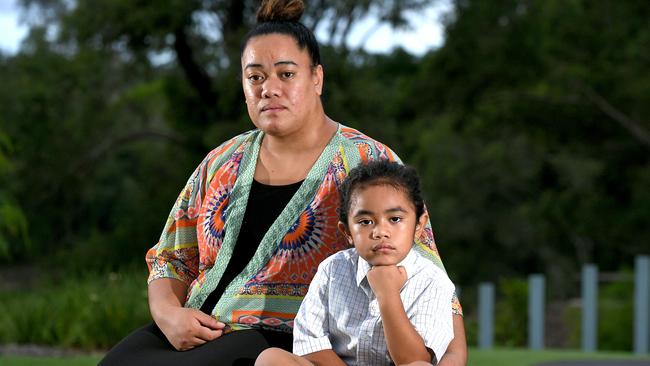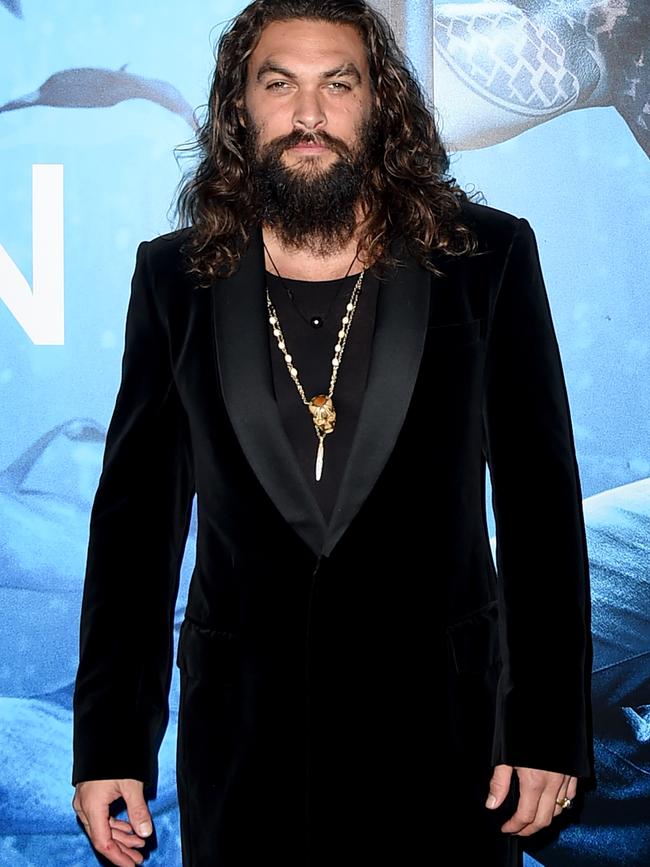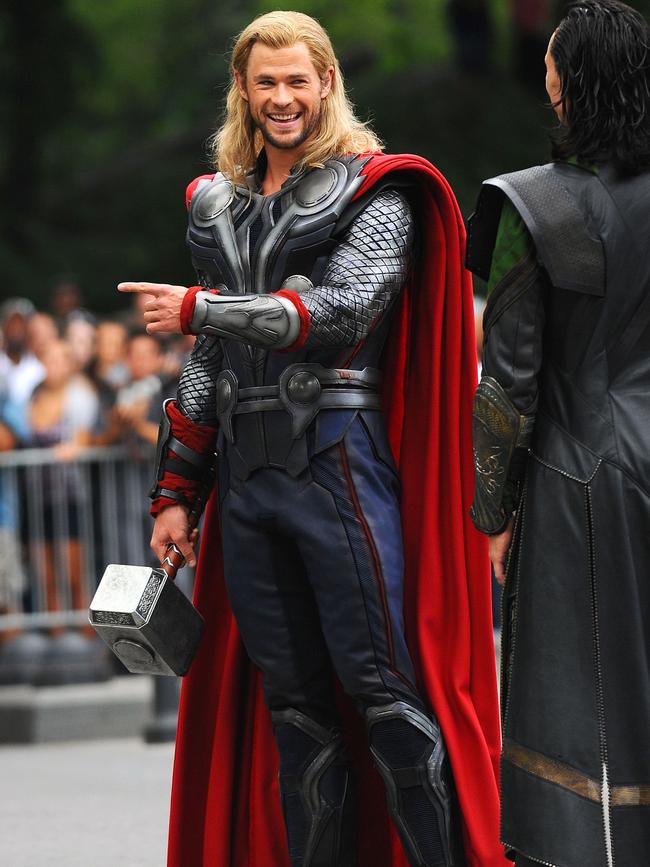It’s more than a haircut. It’s about boys and girls and what we tell them
The debate over whether a five-year-old boy should be asking his school to change its hair policy to accommodate his cultural hairstyle raises another issue: gender discrimination. JOIN THE CONVERSATION

Local
Don't miss out on the headlines from Local. Followed categories will be added to My News.
Why are schools so obsessed with hair?
That is, why can girls wear their hair up, down, in a ponytail, a bun but boys can’t?
The backlash against a five-year-old Caboolture boy and his family over them wanting his school to make an exception for their son’s hairstyle until he has his cultural haircutting ceremony in a year, highlights not just questions of culture but questions of gender discrimination.
OPINION: Haircut policy rules are clear and parents should follow them
Why can girls wear ponytails or buns and not boys?
Why can girls express themselves through their hair style: long, short, up, down and not boys (if they want to).
It’s more than a haircut or a hairstyle, it’s about boys and girls and the messages we are giving them about expression and identity.

Two things come to mind: we really do need to treat everyone equally in the same manner, boys and girls and yes being neat and tidy matters but the guidelines for what that means must be equal, irrespective of gender.
That means if girls want to wear pants - let them. If boys want to wear skirts let them.
And yes consistency in policy matters - this school has a policy about hair but at what cost will it drill down on rigidly holding it in the face of Federal and State policies on discrimination? Or following its own policy on the rights of others to have their “needs understood and met”?
Do they really think it is the case that if they amend the policy for Cyrus every boy in the school, or schools everywhere will be lining up to wear a bun or a ponytail? And even if they did what is the worst thing that could happen - all men will start wearing their hair long?
Think Chris Hemsworth, Jason Momoa or Brad Pitt.



Cyrus Taniela’s school, Australian Christian College Moreton, says the school policy is clear: “Boys’ hair must be neat, tidy, above the collar and must not hang over the face. Extreme styles, ponytails and buns are not permitted”.
It also says that a student has the right to have their “needs understood and met” and to “seek to understand and serve the needs of others”.

The school wants its students to treat other with respect and expect fairness from others. It wants students to respect and value others and be treated with kindness.
And a little more from the school’s policy documents: “Every student is unique” and “every student has a God-given purpose”.
The question then: Where do Cyrus’s needs fit with those policies?

The issue is not just one being waged here. It is an issue of culture globally.
In the UK’s The Independent reported last month on a UK mother of an eight-year-old boy with a long afro who has also been asked to cut his hair to conform to their local school’s policy.
The mother, Bonnie Miller, told the paper her son’s hair had been grown for cultural reasons and “has become a significant part of his identity”.
Ms Miller calls the rules “out of date” and claims “they discriminate on the grounds of gender and race”.
Coming back to culture though, if we hold firm to the idea that rules cannot be changed despite there being valid cultural reasons for it we are in a very dark place.
Cyrus’ mother Wendy was very clear. She is proud of how neat and presentable her children are. It’s important to her. Her school is important to her. Her daughter has had a wonderful time there. And their family members have gone there. It is important to her faith. She has been and wants to continue to be part of this school community. And she doesn’t want to have to choose between her faith and culture.
As Cook Island Council of Queensland president Archie Atiau told the News, “it’s about awareness”.


